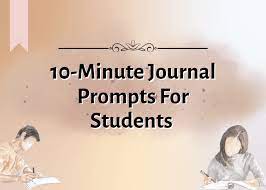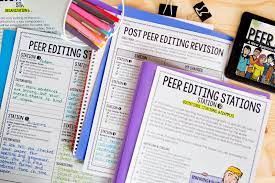Narrative writing is a creative process that involves storytelling and self-expression. It challenges the writer to build a captivating tale with vivid characters, a compelling plot, and engaging themes. When it comes to perfecting their narrative writing skills, both novice and experienced writers can benefit from various stimulating activities.
Here are 20 inspiring narrative writing activities for you to explore:
1. Autobiographical writing: Encourage writers to tell their life story in a fictionalized narrative format.
2. Rewrite the ending: Invite students to choose their favorite story or movie and rewrite its ending.
3. Write from another character’s perspective: Challenge writers to retell a popular story from the viewpoint of a secondary character.
4. The “What If” game: Encourage students to create an imaginative narrative based on hypothetical situations (e.g., What if the world was upside down?)
5. Picture prompts: Present students with intriguing images as inspiration for their narratives.
6. Sensory walk: Go for a walk outside, noting down sensory experiences that would be helpful while developing a descriptive narrative.
7. Story cubes: Use randomly-rolled cubes with icons on each side to construct an unexpected plot line.
8. Six-word memoirs: Encapsulate entire narratives within only six words; encourage creativity and brevity.
9. The silent film challenge: Write a story that relies solely on descriptions, without any dialogue.
10. Diary entries: Compose diary entries of famous historical figures or fictional characters.
11. Parallel worlds: Experiment with narratives that encompass alternate realities or parallel universes.
12. Chain stories: Collaboratively create stories by having each participant add one sentence at a time.
13. Expand-the-quote exercise: Provide famous quotes as writing prompts and inspire students to build stories around them.
14. Villain’s redemption arc: Create a narrative where the antagonist experiences growth and transformation into a good character.
15. Time-travel paradox: Engage in storytelling where characters are faced with past or future versions of themselves.
16. Emulate a favorite author: Practice writing a narrative in the style of a favorite author, borrowing their techniques and voice.
17. Superpower stories: Craft tales about individuals who discover their newfound superpowers and face related challenges.
18. Eavesdrop for inspiration: Use snippets of conversations overheard in public places as a seed for narrative ideas.
19. Letter writing: Pen letters from one character to another, exploring their relationships and developing plotlines through correspondence.
20. The newspaper headline prompt: Scour newspapers or news websites for headlines that can be used to spark an original narrative.
By immersing yourself in these engaging activities, and experimenting with various writing techniques, you will strengthen your narrative skills and unleash your creativity.











